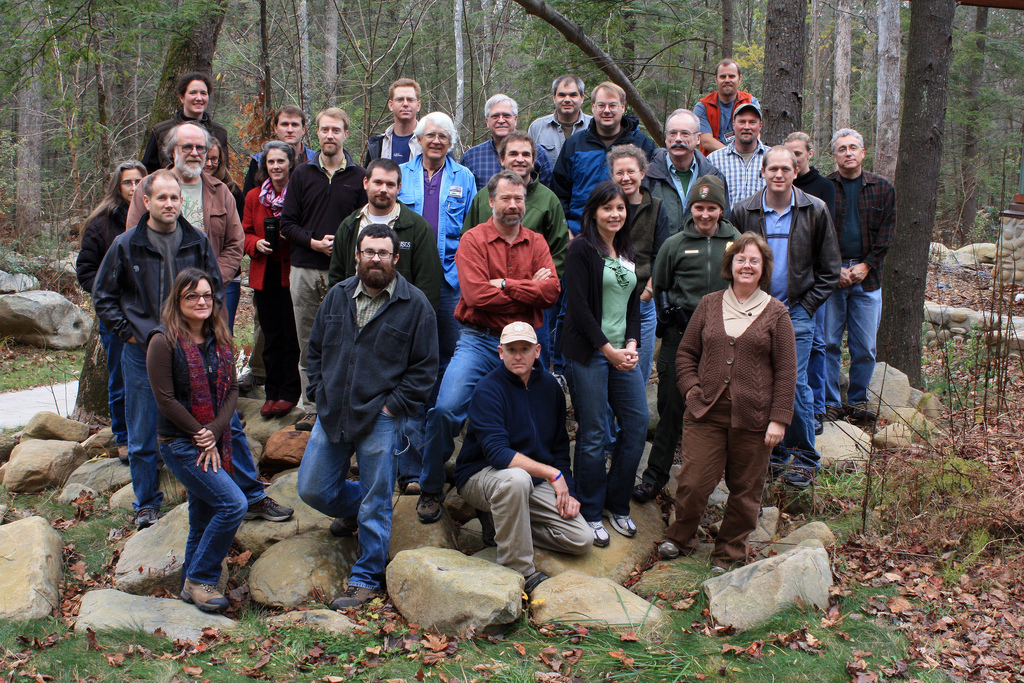The U.S. Department of Interior’s Amphibian Research and Monitoring Initiative: a successful start to a national program
http://www.fort.usgs.gov/Products/Publications/21238/21238.pdf
Abstract/Summary
Most research to assess amphibian declines has focused on local-scale projects on one or a few species. The Amphibian Research and Monitoring Initiative (ARMI) is a national program in the United States mandated by congressional directive and implemented by the U.S. Department of the Interior (specifically the U.S. Geological Survey, USGS). Program goals are to monitor changes in populations of amphibians across U.S. Department of the Interior lands and to address research questions related to amphibian declines using a hierarchical framework of base-, mid- and apex-level monitoring sites. ARMI is currently monitoring 83 amphibian species (29% of species in the U.S.) at mid- and apex-level areas. We chart the progress of this 5-year-old program and provide an example of mid-level monitoring from 1 of the 7 ARMI regions.
Publication details
| Published Date: | 2005 |
| Outlet/Publisher: | Applied Herpetology 2: 355–371 |
| Media Format: |
ARMI Organizational Units:
Pacific Northwest - BiologySouthwest, Northern California - Biology
Southwest, Southern California - Biology
Rocky Mountains, Southern - Biology
Rocky Mountains, Northern - Biology
Midwest - Biology
Northeast - Biology
Southeast - Biology
South Central - Biology
National Wildlife Health Center
Southwest, Arizona - Biology
Topics:
ManagementMonitoring and Population Ecology

